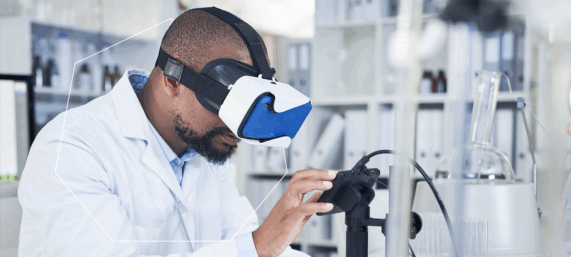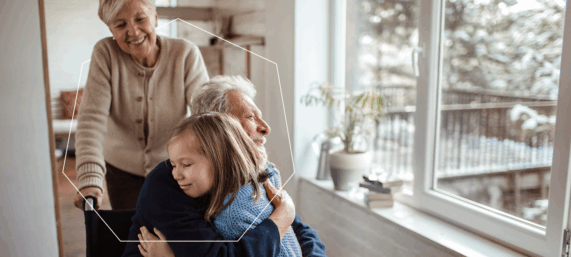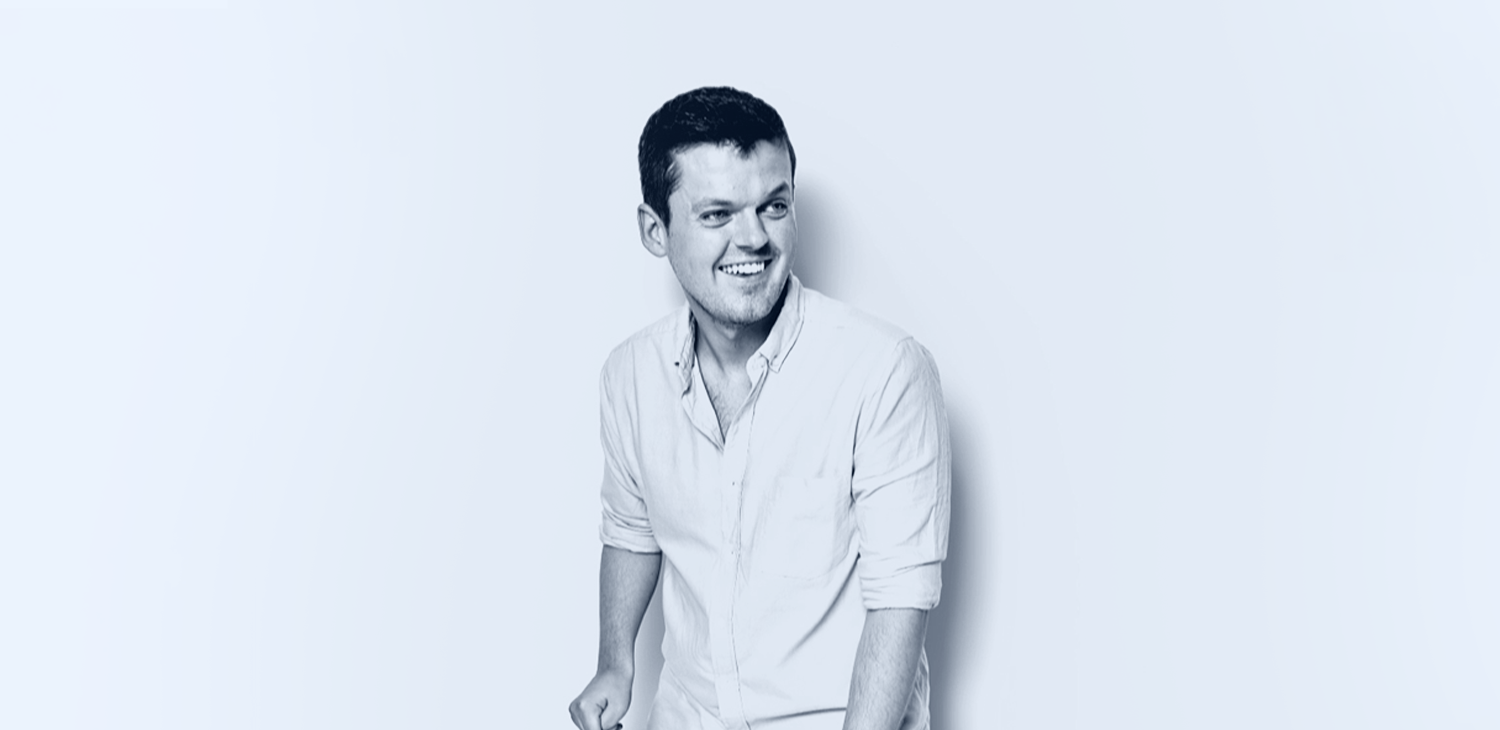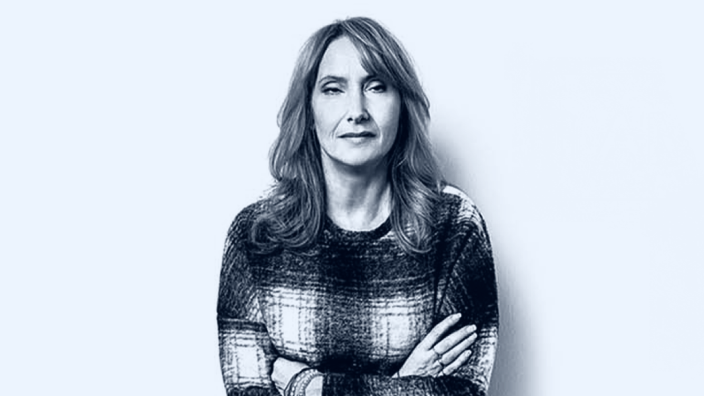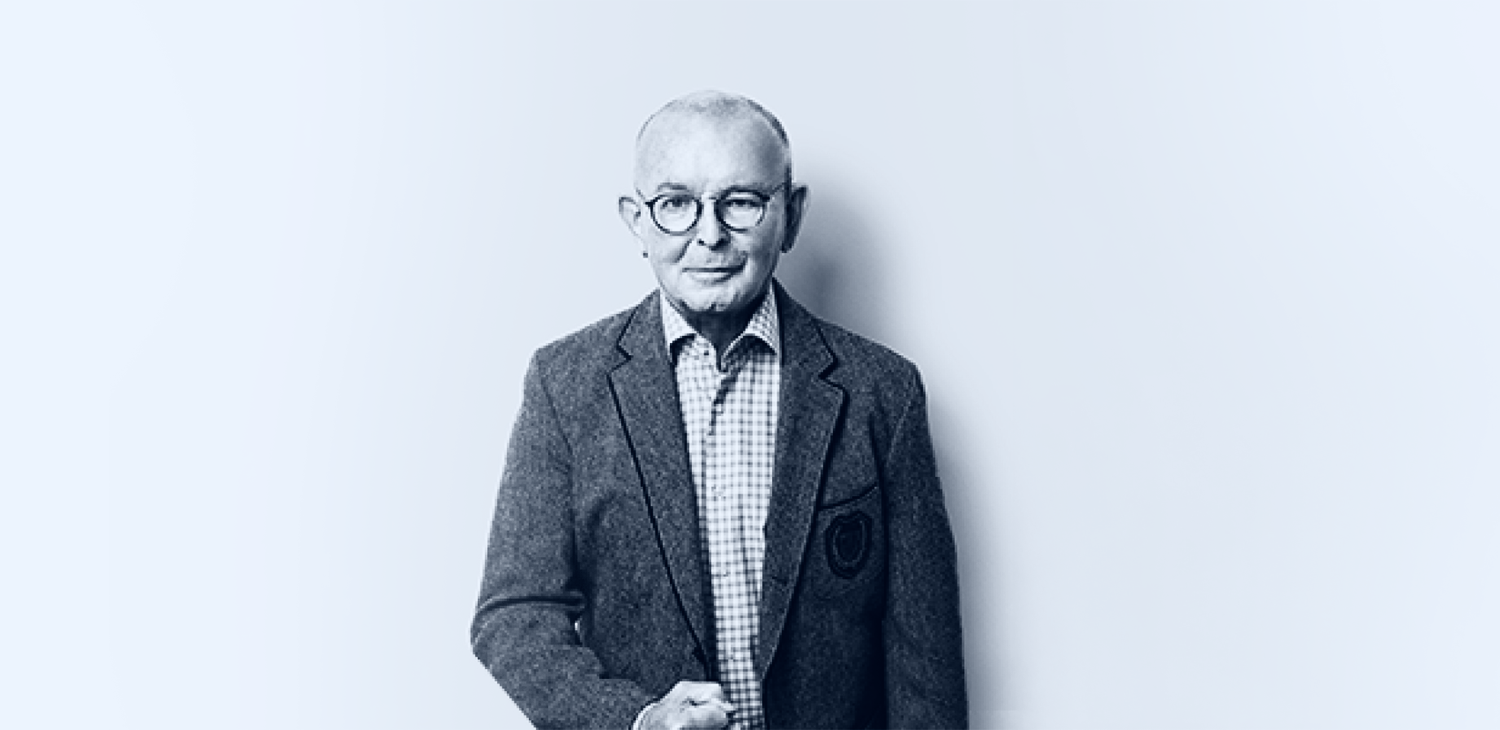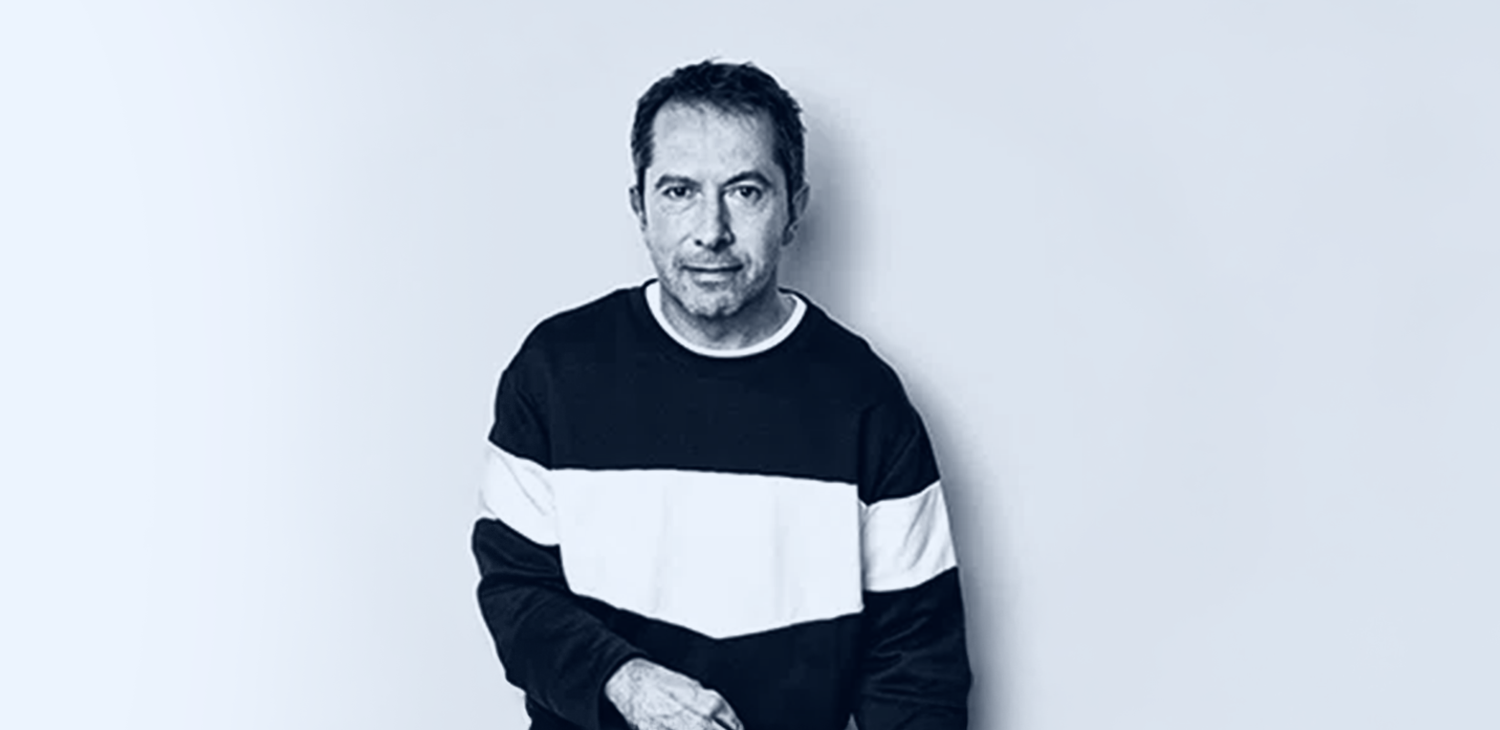Passion for people living with Parkinson’s disease, dystonia, spasticity, sialorrhea, and multiple sclerosis.
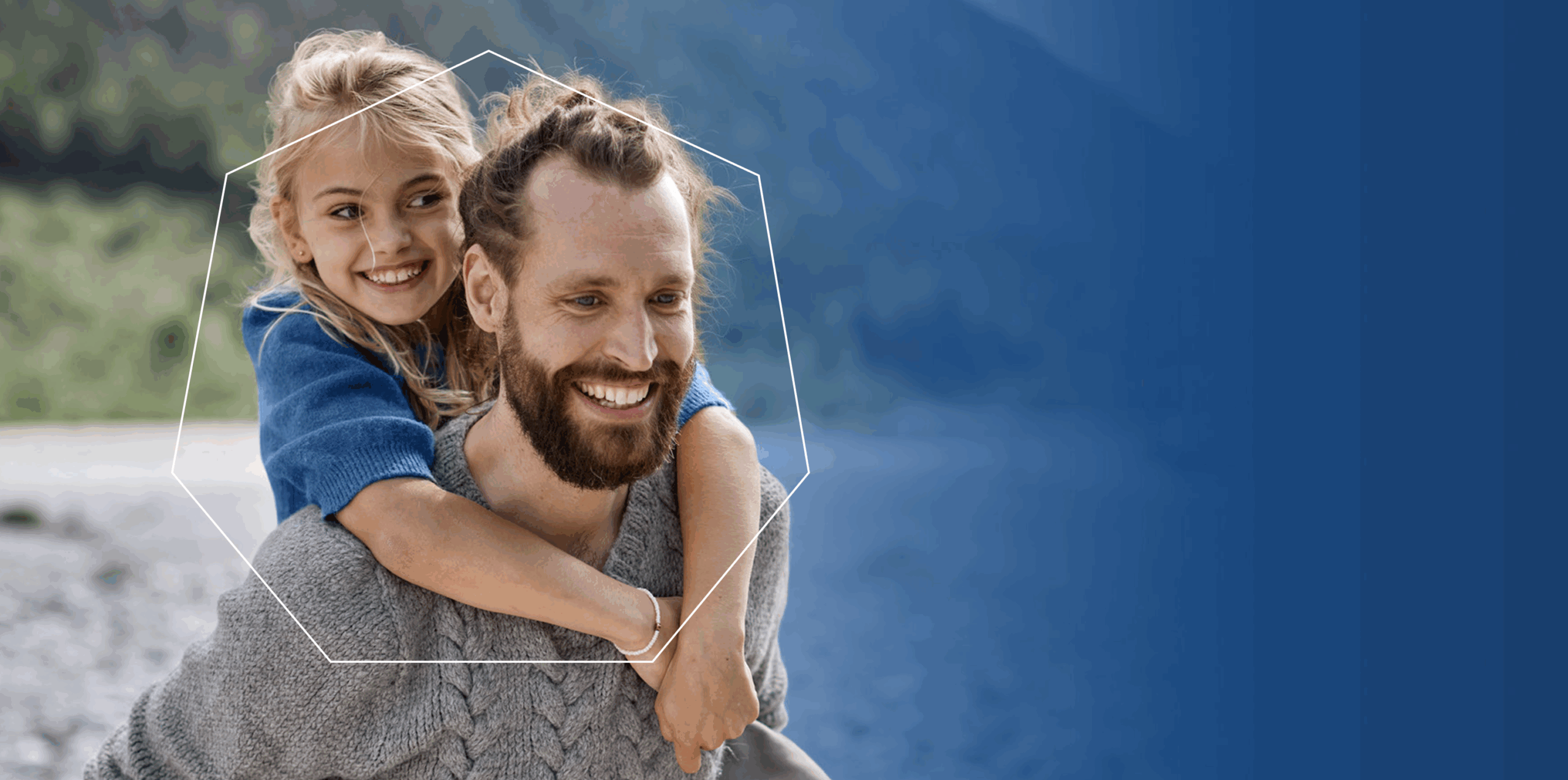
First we understand. Then we help.
Patients’ wellbeing as benchmark
To live up to our vision and bring better outcomes to more people living with Parkinson’s disease, dystonia, spasticity, sialorrhea, and multiple sclerosis, we focus on the needs of these people in everything we do. In order to define what is really needed, we actively collaborate with patient organisations, healthcare providers and business partners. Our clinical development programs mirror the real-world challenges that people living with Parkinson’s disease, dystonia, spasticity, sialorrhea, and multiple sclerosis, carers and clinicians face every day. We investigate innovative treatment options that meet the individual therapeutic needs of every affected person and offer real added value to their quality of life.
PATIENT STORIES
Closer to every patient
We are well aware of the challenges people living with Parkinson’s disease, dystonia, spasticity, sialorrhea, and multiple sclerosis face every day. Knowing that we consistently aim to provide therapeutic solutions to improve their quality of life, motivates us to continue to do our best.
Get to know their stories.
What matters to us.
Our motivation arises from the experience of people living with Parkinson’s disease, dystonia, spasticity, sialorrhea, and multiple sclerosis. Get to know these people and their stories to understand our mission.
Insights into their experiences:
Patient organisations
Helping together
We work closely with different patient organisations. As such, we can better understand and serve the needs of patients and healthcare providers. It also allows us to share valuable knowledge, resources and networks with each other because we also share the same goal – to improve the situation of people living with severe diseases such as dystonia or cerebral palsy.
The non-profit alliance represents a range of stroke support organisations from across Europe. Its vision is to work towards a significant reduction in the number of strokes in Europe, so that all affected people receive the help and support they need.
In partnership with SAFE we have developed Life with Spasticity, an educational online platform intended to provide comprehensive information and motivational support for stroke survivors who experience post-stroke spasticity.
Dystonia Europe is the international platform at the European level for all dystonia stakeholders. It aims to benefit patients and their families by promoting greater interest in dystonia and stimulating research for more effective treatment and, ultimately, finding a cure. The platform also provides possibilities for members to add value to their own activities and services.
We support the work of Dystonia Europe financially. As a platinum sponsor, we are grateful to be able to benefit from their expertise and advice in meetings or in the development of information material.
The Parkinson’s Europe has been advocating and working with the global Parkinson’s community for 30 years. Providing information and resources to all stakeholders, raising awareness of the disease’s complexities and impact and engaging for concrete policy change that benefits the Parkinson’s community are its main activities.
We have partnered with the Parkinson’s Europe as a diamond sponsor and are working together to create awareness about the prevalence and burden of the often underdiagnosed and undertreated symptom of sialorrhea (drooling).
M-NON-UKI-0022 October 2025

